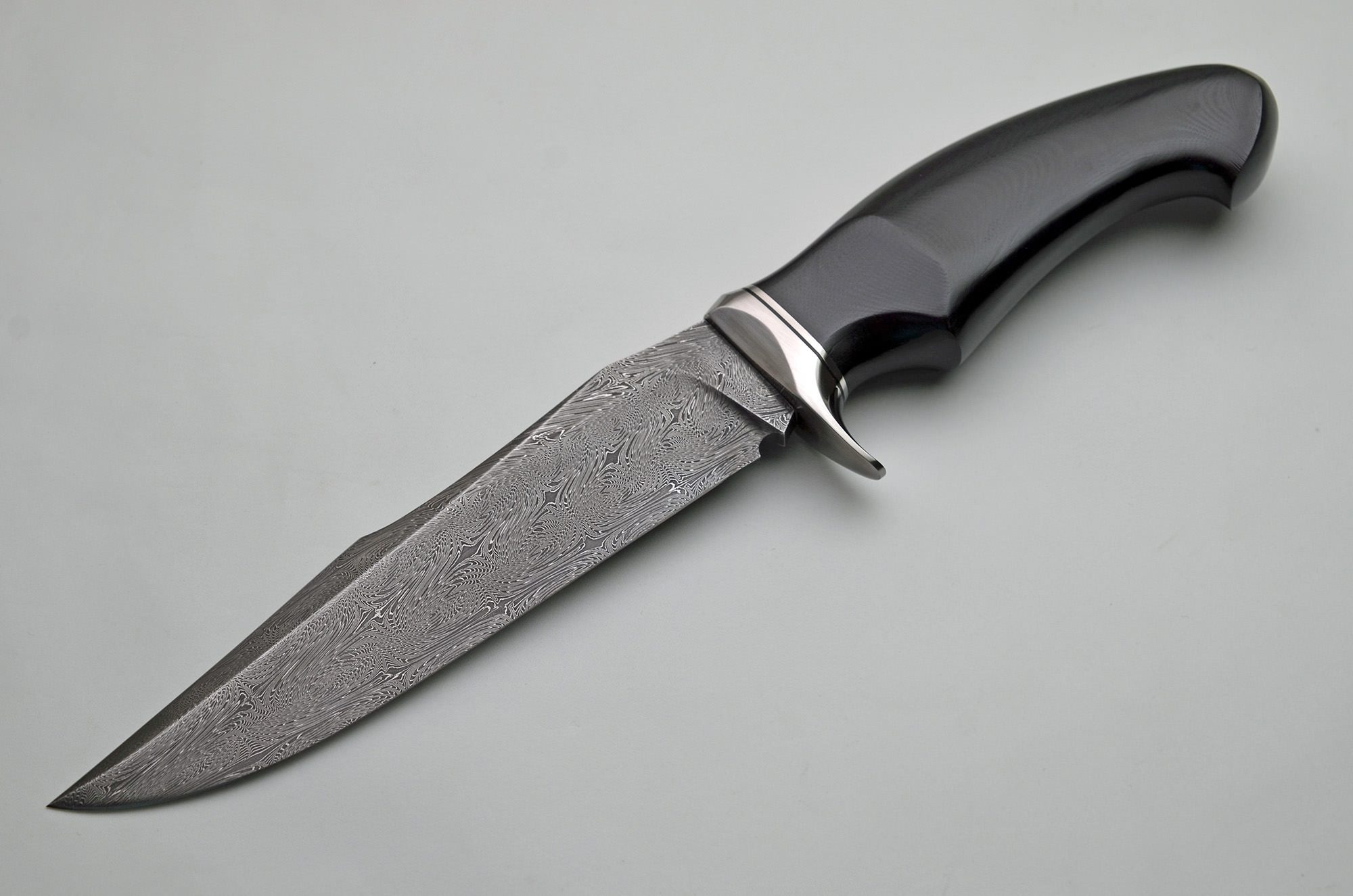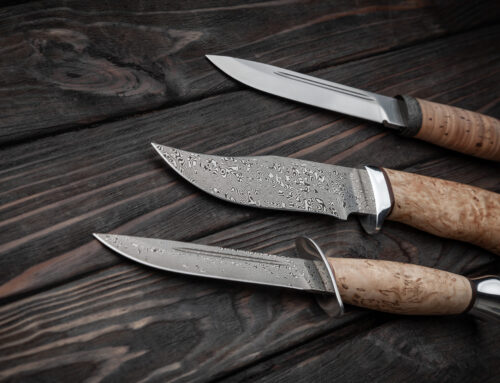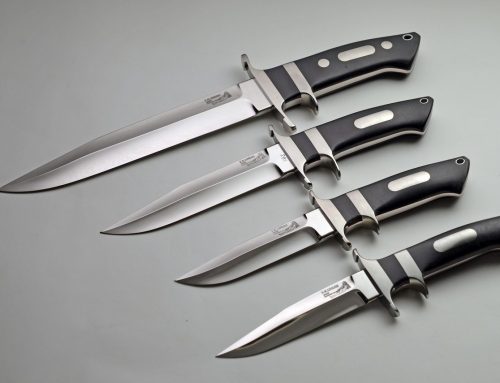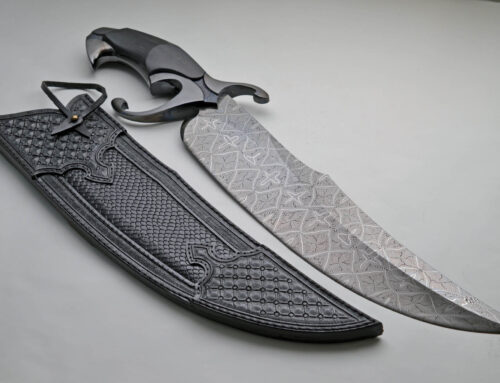We recognize that our products are not only for the knife enthusiast, but for those who may care about one. Buying a quality knife as a gift for someone who knows a lot about them can be intimidating, and your best bet in getting the most for your money is to learn a little bit about how knife-making works. In other words: start to learn the basics.
Importance of Material
The first step in making a knife is deciding on the material that you want to use. Different types of steel are better suited than others for specific jobs, and there are a few key factors to consider in choosing your steel. The hardness, toughness, corrosion resistance, and achievable sharpness should all be taken into account when deciding on what material is right for your blade forging. One should avoid low-carbon steel blades as they’re typically of poorer quality than high-carbon steel blades. Though they may seem strong in the fact that it’s very difficult for them to break, their tendency to bend makes them less than ideal. However, high-carbon steel, though harder, is more prone to brittleness, and thus breaking, so ensuring that the material you use is well-tempered is imperative to forging a long-lasting and effective blade.
Steel is not the only material one can use in knife-making: glass and ceramic are also options. As you can imagine, these materials are much more subject to breaking than their steel counterparts, but can have surprising benefits. Glass knives score highly in terms of achievable sharpness, however their brittleness means that they must be very frequently resharpened in order to be effective. By contrast, ceramic knives hold their edge very well, but are extremely brittle. As with anything, there are trade-offs in the material you choose to use, but doing the proper research before you buy will greatly improve the outcome of your blade.
The Process
The process of knife-making begins with forging. Forging can be thought of as the shaping of a blade. It is done by heating the material you intend to use to a very high temperature so that it is malleable. It is then shaped by way of a hammer on an anvil. Shapes can be incredibly basic or very intricate, using pattern welding to create a product that is both effective and decorative. The blade is then subject to grinding and heat treatment to make it a more long-lasting and quality knife. It is then finished by smoothing it and polishing it with blade finish.
Knowing a little bit about the steps to making a knife is crucial to properly creating a custom knife for yourself or someone you care about. If you know what should take place during each step of the process, then it’s easier to spot when your custom knife may not be being made properly. At Exquisite Knives, we know what we’re doing. You should too.
June 10, 2016





